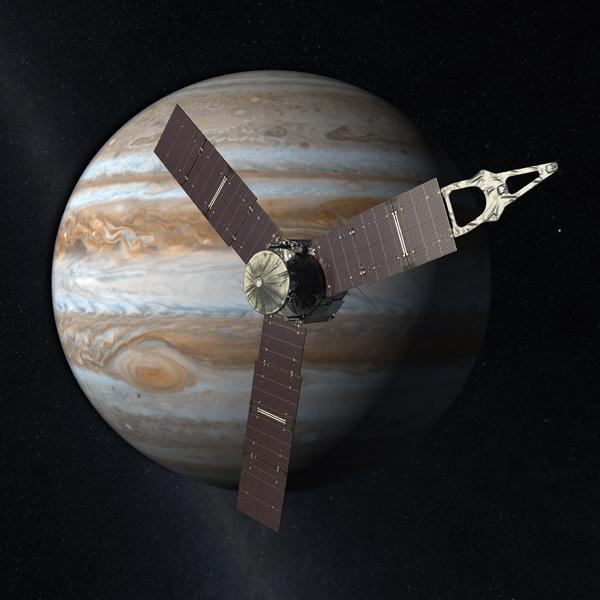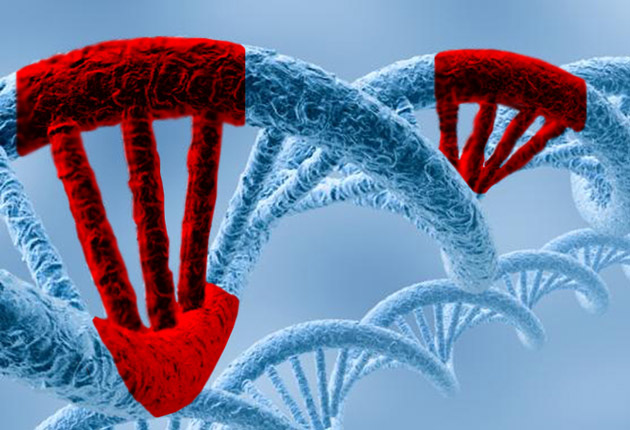La NASA, en colaboración con la Agencia Espacial Europea (ESA, según sus siglas en inglés), con los telescopios Chandra y Hubble, ha descubierto el, hasta ahora, grupo de galaxias más lejano, a unos 11100 millones de años luz de nuestro planeta, lo que hace rectificar a los científicos que las primeras agrupaciones galácticas de nuestro Universo se formaron 700 millones de años antes de lo que pensaba. La agrupación galáctica se denomina CL J1001, y los astrónomos ya han podido ver sus primeras luces nada más nacer.
Los expertos aseguran que la agrupación está creciendo a una velocidad vertiginosa. Una agrupación galáctica es un conjunto de galaxias que se amontonan debido a la fuerza de la gravedad y la materia oscura. El núcleo de CL J1001 contiene 11 galaxias, de las cuales 9 están teniendo un crecimiento importante en el número de estrellas, a un ritmo de 3000 soles por año. La agrupación se formó cuando varias galaxias jóvenes se atrajeron entre sí y empezaron, por así decirlo, "a madurar", produciendo una gran cantidad de estrellas nuevas.
Más allá de CL J1001 solo se conocen proto-agrupaciones de estrellas en las que se cree que las estrellas de sus galaxias tardan mucho más en formarse, en explosiones mucho menos violentas y rápidas como las de CL J1001. Los expertos sugieren además que la rápida formación de estrellas solo se da cuando las galaxias están ya en una agrupación, y no antes.
NASA, collaborating with the European Space Agency (ESA), with the telescopes Chandra and Hubble, has discovered the furthest, ever known, group of galaxies, 11.1 billion light years away from the Earth, what has made scientists state that the first galactic groups of our Universe were formed 700 million years before it was thought. The galactic group is called CL J1001, and the astronomers have been able to see its first lights after "being born".
The experts state that the group is growing at a very high speed. A galactic group is a set of galaxies attracted to one another because of gravity and dark matter. the nucleus of CL J1001 contains 11 galaxies, out of which 9 are having an important increase in the number of stars, at a rate of 3000 suns per year. The group was formed when some young galaxies started to being attracted, starting to "mature" and producing new stars.
Beyond CL J1001 only some proto-groups are known, in which it is thought that the stars of their galaxies spend much more time to be formed, in less violent and slower explosions than the ones in CL J1001. In addition, experts suggest that the fast formation of stars only happens when the galaxies are already in a group, and not before.
Para más información / For more information: http://www.rtve.es/noticias/20160830/nasa-descubre-agrupacion-galactica-mas-lejana-conocida-hasta-ahora-unos-11100-anos-luz-tierra/1392984.shtml
La agrupación galáctica CL J1001, vista desde el telescopio espacial Chandra / The galactic group CL J1001, seen from the space telescope Chandra














